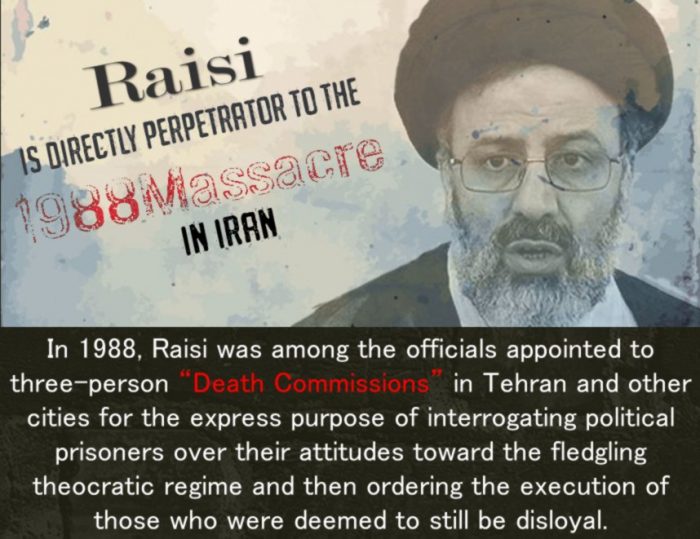
The “election” of Ebrahim Raisi as Iran’s future president on June 18 was the pinnacle of the Iranian regime’s culture of impunity. Permissive Western policies and the international community’s overall failure to hold Iranian authorities accountable for previous human rights violations and terrorist activity have supported this trend of appeasement.
Raisi is one of the officials most deserving of indictment for crimes against humanity, having been implicated in both kinds of conduct. The day following his “election,” Amnesty International published a statement emphasizing the terrible implications of him being raised to the regime’s second-highest office rather than being “investigated for the crimes against humanity of murder, enforced disappearance, and torture.”
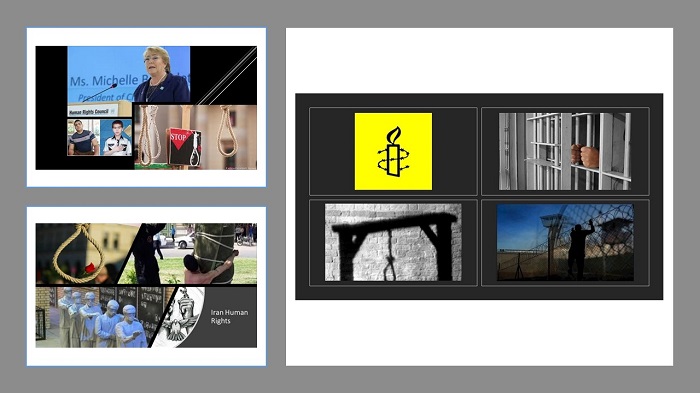
Raisi’s present record as head of the Iranian judiciary, which he was appointed to by the regime’s Supreme Leader Ali Khamenei in March 2019, was highlighted in the statement. Raisi supervised an expansion in the use of the death penalty as the country’s highest legal authority, prompting the judiciary to carry out its first execution in decades for a person accused of merely drinking alcohol.
Raisi’s oppressive attitude was shown in November 2019, when more widespread protests erupted in reaction to the government’s announcement of a significant hike in fuel prices. As a result, the Islamic Revolutionary Guard Corps opened fire on participants in the uprising almost immediately.
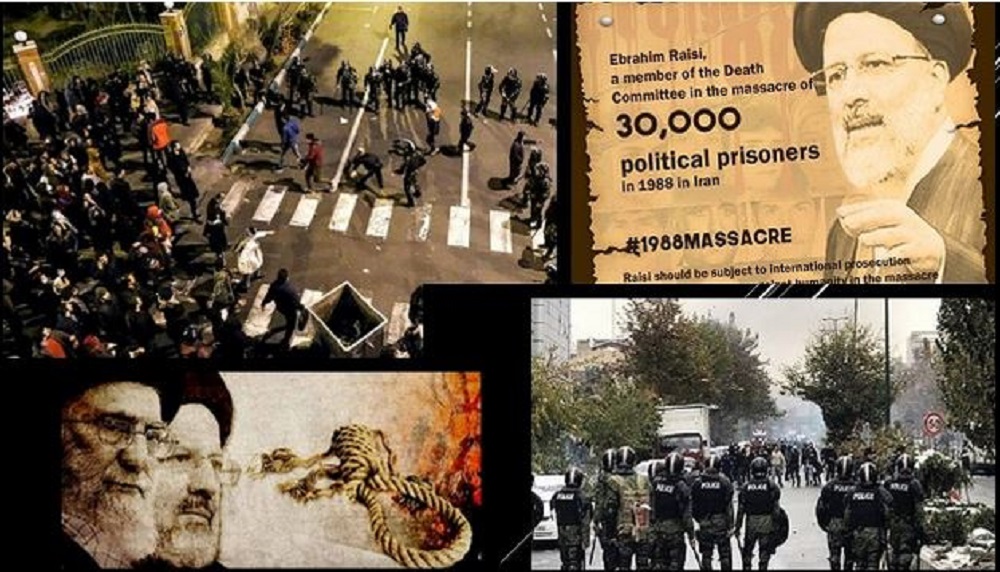
The death toll had risen to nearly 1,500 in just a few days, and it was shortly announced that over 12,000 individuals had been detained. Reuters confirmed in a special report on December 23, 2019, about the deadly crackdown on November nationwide protests in Iran the death toll of 1500 that was announced by the People’s Mojahedin Organization of Iran (PMOI) on December 15, 2019.
Amnesty International later released a study titled “Trampling Humanity” that described much of the torture that those arrested had to endure for months afterward, the majority of it at the hands of a judiciary commanded by the man who would go on to become Iran’s next president.
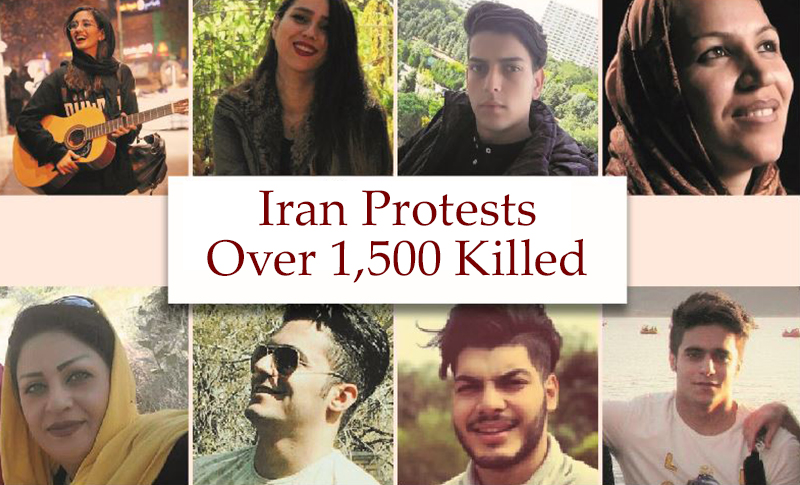
Raisi’s involvement in the crackdown should have come as no surprise. He was a key figure in the Tehran “death commission” that followed a fatwa targeting the MEK and other committed opponents of the growing theocratic dictatorship in the summer of 1988.
Raisi’s death commission oversaw the killings in Evin Prison, which had already become Iran’s largest detention center for political detainees. As a result, he was involved in the majority of the approximately 30,000 murders that occurred between July and September 1988.

Raisi’s ascension to the presidency has already been questioned by the Iranian people, the vast majority of whom boycotted the election last month to criticize the system that made him the only viable candidate.
Since “reformist” candidates were completely excluded from the election, Raisi was endorsed as the future president by the majority of so-called reformist outlets.

Large-scale worker strikes began the day after Raisi’s election, and recent protests against regular blackouts included strong chants like “down with the Khamenei.”
Of course, in the face of Raisi’s impending presidency and in the aftermath of the 2019 uprising, the growth of these protests will almost certainly coincide with the growth of violent repression.
However, the intensity of the repression might be substantially reduced if Tehran understood that additional human rights crimes would have international repercussions.
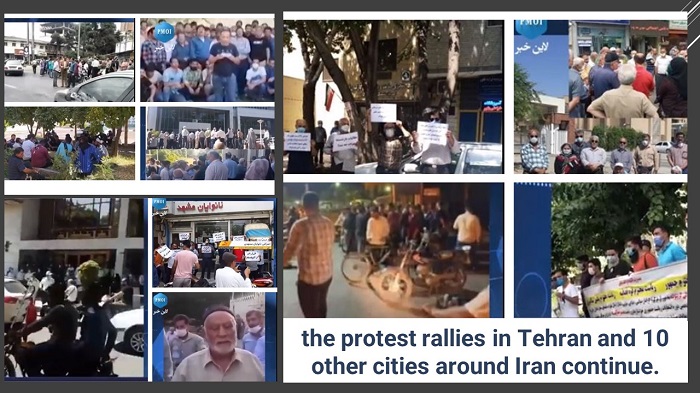
MEK Iran (follow us on Twitter and Facebook)
and People’s Mojahedin Organization of Iran – MEK IRAN – YouTube







